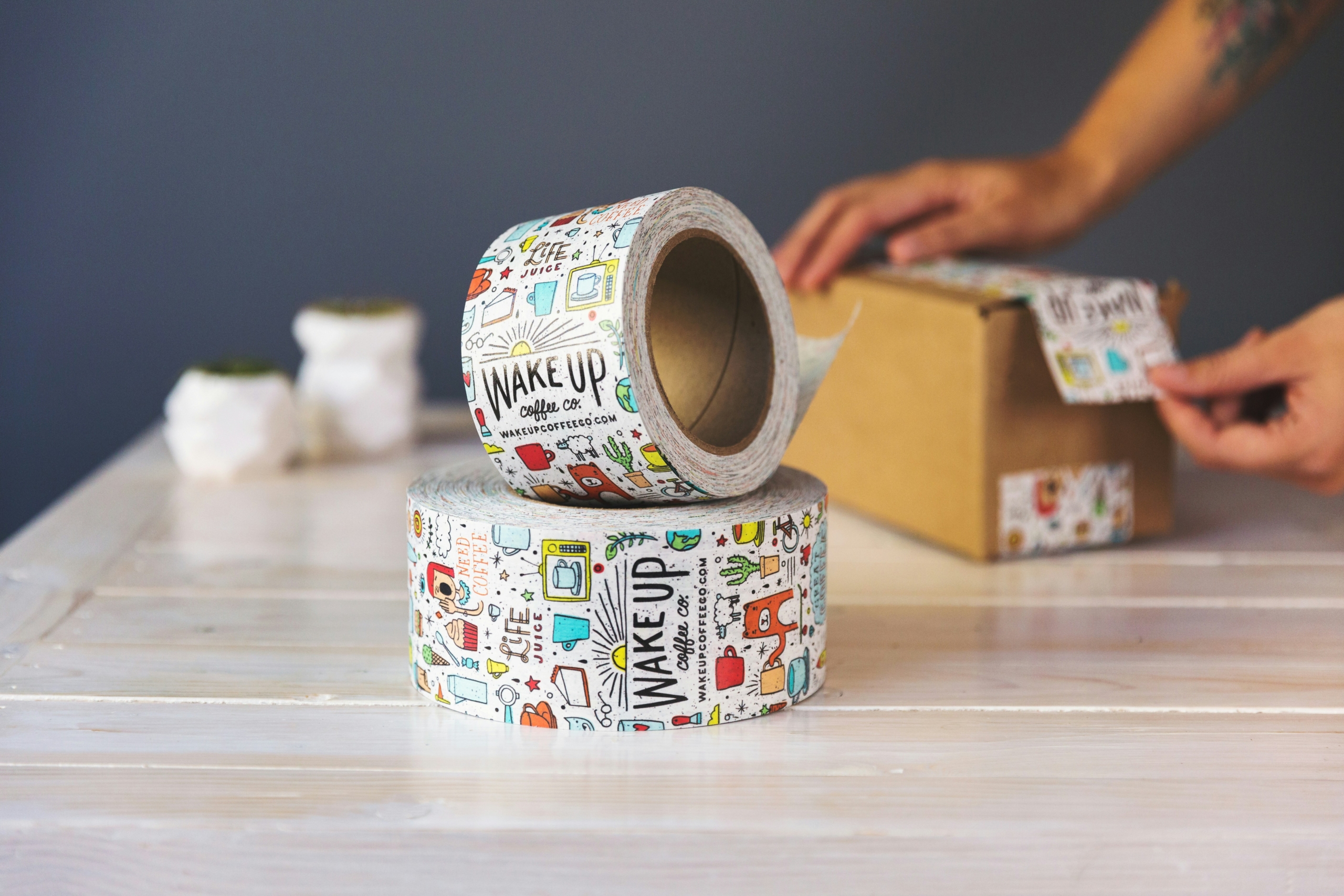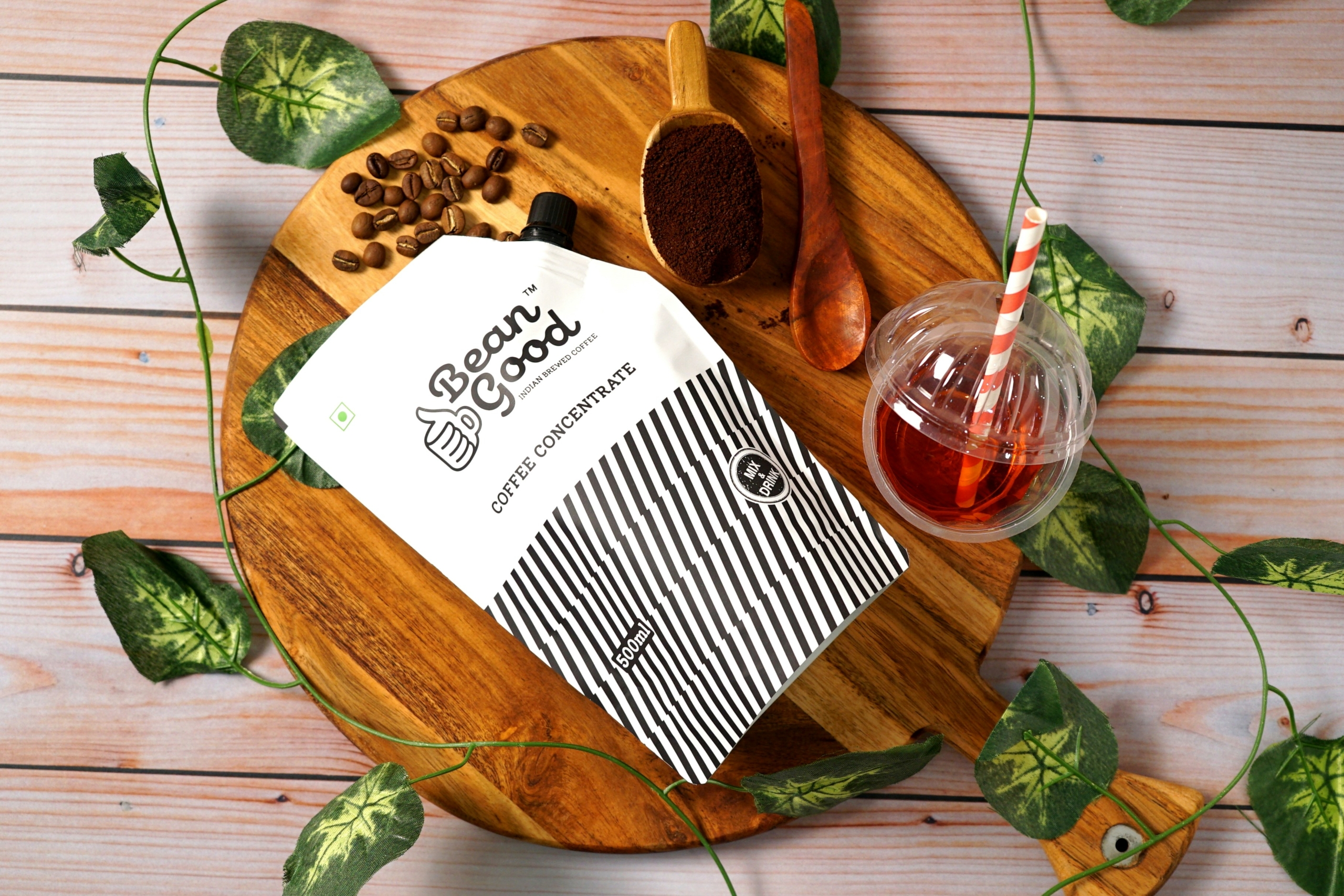Beyond the Seal: How Modern Sealing Technology Is Transforming Packaging for a Sustainable Future
The Evolution of Packing and Sealing Machines
From Manual to Modern: The Journey of Sealing Technology
Packaging started with basic, hands-on methods. Think hand-tied seals and folded cartons. Then came wax seals, then mechanical presses, and now we have machines that can seal thousands of items without breaking a sweat. A packing and sealing machine does three things well, it protects, it preserves, and it presents. A good seal keeps contaminants out, freshness in, and tampering at bay. It matters. Really, it does. Brands rely on that quiet consistency to keep customers happy and safe.
Key Sealing Technologies in Packaging Today
Modern machines use a range of techniques, each suited to different materials and products. Heat sealing applies controlled heat to fuse thermoplastic films, creating strong joints. Impulse sealing gives short, sharp bursts of heat, which is great for delicate films that would warp under constant heat. Ultrasonic sealing uses high frequency vibrations to bond materials, so you avoid heat entirely and protect temperature sensitive items. Induction sealing creates airtight closures with electromagnetic fields, a common choice for jar and bottle caps. Crimp sealing fastens mechanically, often with foil or paper, no adhesives needed. These methods let manufacturers match the right technology to the right product, simple as that.
Driving Efficiency: Automated and Specialized Sealing Solutions
The Power and Precision of Automatic Sealing Machines
Automatic sealing machines are a leap forward. They raise throughput, deliver consistent seal quality, and cut labour costs. They reduce human error. They slot into production lines without drama. Whether you handle food, medicine, or industrial parts, automatic sealing speeds things up and keeps them reliable. Common types include Form Fill Seal systems that combine filling and sealing in one continuous run, continuous band sealers for high volumes, case sealers for boxes, and L Type sealers for delicate or specialty packaging. Each has its place, and sometimes you need more than one on the floor, depending on the product mix.
Maximizing Preservation with Vacuum Sealing Machines
Vacuum sealing extends shelf life by removing air before the seal. Less oxygen means less oxidation, less mold, and no freezer burn. For fresh produce, meats, and coffee in Melbourne, vacuum packaging is standard. The medical and electronics sectors also use vacuum packs to protect sensitive items. Machines have gotten smaller, faster, and simpler to use, so you get efficiency without extra fuss. It’s practical. It’s effective. Customers notice the difference when food still tastes fresh days later.
Smart Sealing: The Future of Packaging Lines
Sensors, AI, and the Internet of Things are creeping into sealing lines. Smart sealers can spot faults fast, adjust settings on the fly, and alert technicians before something breaks. That means less waste and less downtime. Here’s the thing, not every place needs full automation yet, but businesses that embrace smart systems find they save time and money over the long run. Data from the line helps you see patterns, predict maintenance, and keep production humming.
Sealing for a Greener Tomorrow: Eco Friendly Packaging Solutions
How Sealing Technology Supports Sustainability Goals
Sealing technology can help hitting sustainability targets, really. Accurate sealing means less wasted film and fewer rejected packs. Extending shelf life reduces food waste, which is a huge global problem. Newer machines focus on energy efficiency too, cutting the carbon footprint of packaging operations. Small changes can add up. A better seal, a smarter machine, less spoilage. You get the idea.
Adapting to New Eco Friendly Packaging Solutions
Demand for compostable, biodegradable, and recyclable packaging is growing. Sealing machines need to keep up. Modern automatic packing and sealing equipment often supports plant based plastics and paper based films. Those materials behave differently, so sealing approaches must be adjusted to keep integrity and shelf life intact. Melbourne manufacturers are already making the switch, supported by machines designed for these newer substrates. It is a shift toward circular packaging systems, slow but steady, and it makes sense for brands and customers alike.
Conclusion and Future Outlook
Modern automatic packing and sealing machines are changing how businesses think about packaging, efficiency, and sustainability. They deliver consistent seals, protect product quality, and help companies move toward greener materials. If you run a business in Melbourne or Victoria, it pays to review your sealing processes, honestly. Upgrading to automated and intelligent equipment improves operations, and it signals to customers that you care about quality and the environment.
As sealing technology keeps advancing with AI and new materials, even more innovations are coming. The packaging sector is ready for the next phase, driven by technical developments and environmental priorities. You know what? It is an exciting time for something as simple as a seal.





